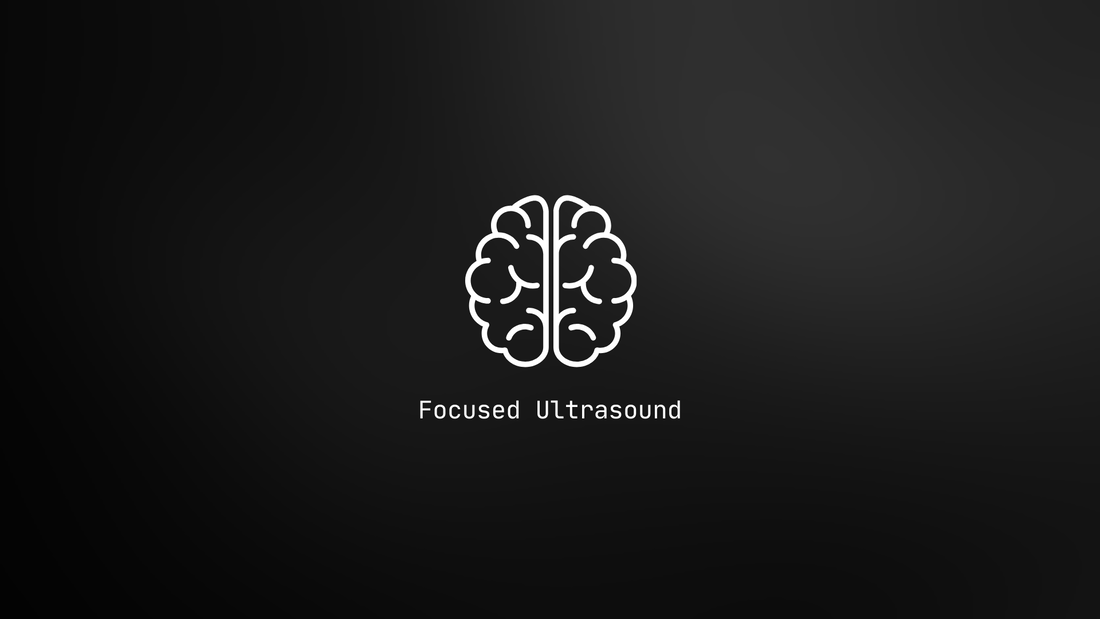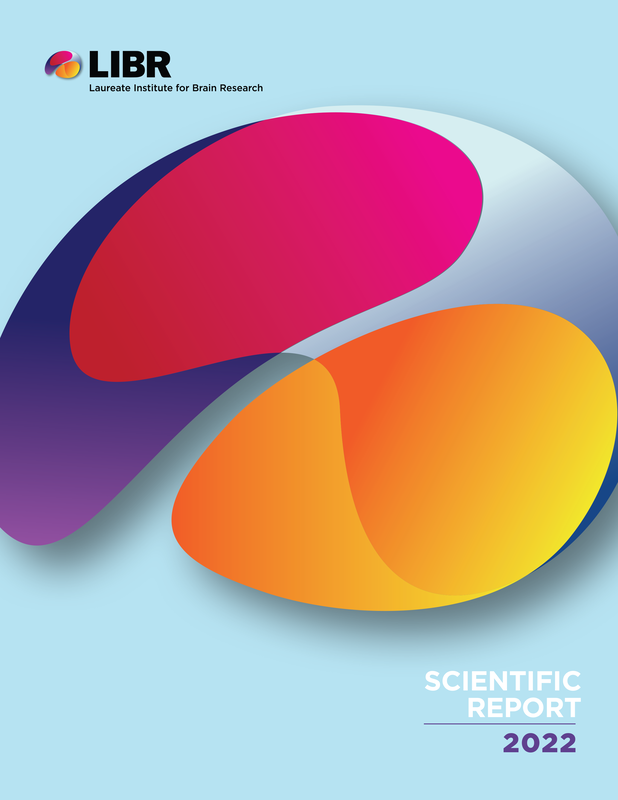|
Dr. Salvador Guinjoan is a Principal Investigator at LIBR and Research Associate Professor at The University of Tulsa. He is working on the definition of neurobiological signatures of transdiagnostic clinical manifestations (especially rumination, a well-known adverse prognostic factor in a variety of psychiatric conditions), with the purpose of attaining a better definition of both 1) disease processes which transcend current psychiatric diagnostic categories, and 2) prognosis and prediction of response to treatment, especially in the mood and anxiety disorders. To this end, he is studying a large sample of healthy participants and patients with nonpsychotic disorders (T1000). He is also helping to define experiments that characterize -and modulate- structural and functional brain circuits in such disorders, with the ultimate goal of providing the treating clinician with diagnostic and prognostic tools based upon quantifiable neurobiological variables.
What is your research study about? We are using a new technique called low-intensity focused ultrasound, which allows us to modulate the activity of small and well-defined areas in the brain using a non-invasive brain scan. Our goal is to define brain circuits that sub-serve our behaviors, thoughts, and emotions. In particular, we are interested in modulating brain connections involved in rumination. Rumination is a repetitive pattern of thinking, primarily self-relevant negative thoughts and memories. Rumination is associated with more difficult treatment of depression. If we were able to resolve it, in theory, we could also improve the prognosis of depression in general. What is focused ultrasound? Focused ultrasound is a novel technique to influence the activity (or the structure) of areas anywhere in the brain, in a non-invasive, painless, and safe way. We are only using low-intensity focused ultrasound, which modulates brain activity for a relatively short period of time. Alternatively, when used with high intensity in a neurosurgery setting, focused ultrasound can produce well-defined, circumscribed lesions in circuits that have been demonstrated to improve neurological conditions such as Parkinson’s disease and essential tremor, which might be useful in psychiatric conditions such as obsessive-compulsive disorder and major depression. Low-intensity and high-intensity ranges are well-defined and, in fact, use different devices. Again, we only use low-intensity focused ultrasound. How is the study being conducted? Participants in the study undergo an initial eligibility evaluation. Eligible participants include healthy, unmedicated persons, as well as persons with depression and varying degrees of rumination as one of the symptoms of their depression. The initial evaluation includes measuring a series of clinical variables and obtaining brain images with a magnetic resonance (MRI) scanner. Subjects return for two more visits, in which each participant undergoes either low-intensity focused ultrasound of connections between two areas of the brain, or a sham procedure (neither the participant nor the clinical rater know which kind of procedure occurs in each visit). Immediately after low-intensity focused ultrasound or sham, the person is asked to complete questionnaires about the extent of their ruminations, and how they feel in general. We also obtain measures of cardiac and skin regulation, and another series of brain images. What is the potential importance of this study? The goal of the study is to define if the brain connections targeted with low-intensity focused ultrasound are the cause of rumination. This is why we need to obtain information about both the symptom itself and the brain activity. If we confirm a relationship between certain brain connections and the production of rumination, this would pave the way to a clinical trial. This trial, performed in a clinical setting, would confirm that we can actually help patients with depression to become less ruminative. For this, we could use focused ultrasound or other forms of neuromodulation. The most important thing is characterizing the brain region involved in the symptom, rather than which tool we use to alter its function. Are you looking for participants? If so, who is the ideal candidate? Yes, we are actively recruiting participants. This is a pilot study, meaning we plan to recruit a relatively small number of participants. Currently, there are just 20 slots remaining. Any person with active depression who is not pregnant or actively using drugs, and who can be scanned, is eligible to participate. Persons who either very ruminative or not ruminative are eligible, as we need to know if there is a difference between the two. A small proportion of those 20 slots will be reserved for persons with no known psychiatric conditions, so healthy adults are also eligible to participate. What does participation in the study involve? And will I be paid? The study consists of a total of five visits. Visit 1 is for clinical evaluation and brain images. Visits 2 and 4, which occur about two weeks apart, are for assessing the effect of low-intensity focused ultrasound in comparison with sham stimulation. Between those visits, Visit 3 is short and basically used to see how the participant is doing after the first treatment (be it active or sham). Visit 5 is an opportunity to wrap up the study, in which we again check on the general mental status and brain structure. All participants will be paid for their time spent in the study.
0 Comments
The 2022 Laureate Institute for Brain Research (LIBR) Annual Report is now available to download via the link below. The report provides an overview of last year’s happenings at LIBR, including a letter from the President and Scientific Director, Dr. Martin Paulus, information on our mission, history and specific aims, current areas of research, funding sources, events and lectures, awards, individual laboratories, select publications and opportunities to participate in research. We hope you enjoy the publication and look forward to continuing our goal to improve mental health through neuroscience in 2023 and beyond.
The Oklahoman has published a op-ed piece from Dr. Martin Paulus, Sahib Khalsa and Salvador Guinjoan on what Oklahomans should consider from the latest marijuana research ahead of SQ 820.
|
Archives
July 2024
Categories
All
|
VISIT LIBR6655 South Yale Ave. Tulsa, OK 74136
918.502.5100 | [email protected] |
|
© 2009-2024. All Rights Reserved. Laureate Institute for Brain Research
Site powered by Laureate Institute for Brain Research



 RSS Feed
RSS Feed